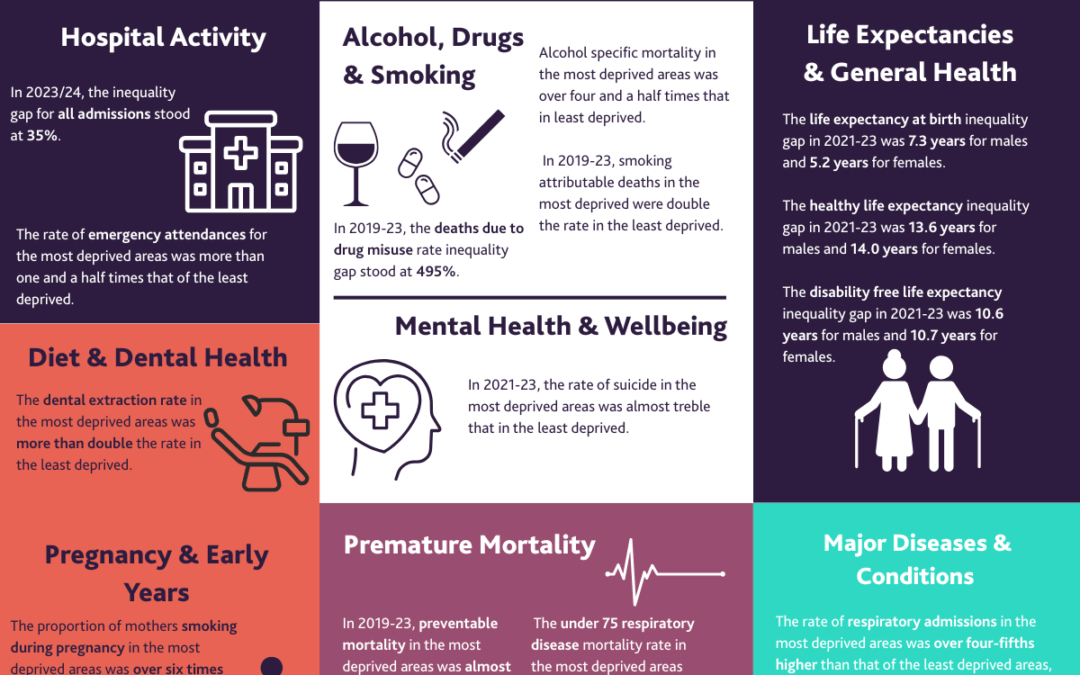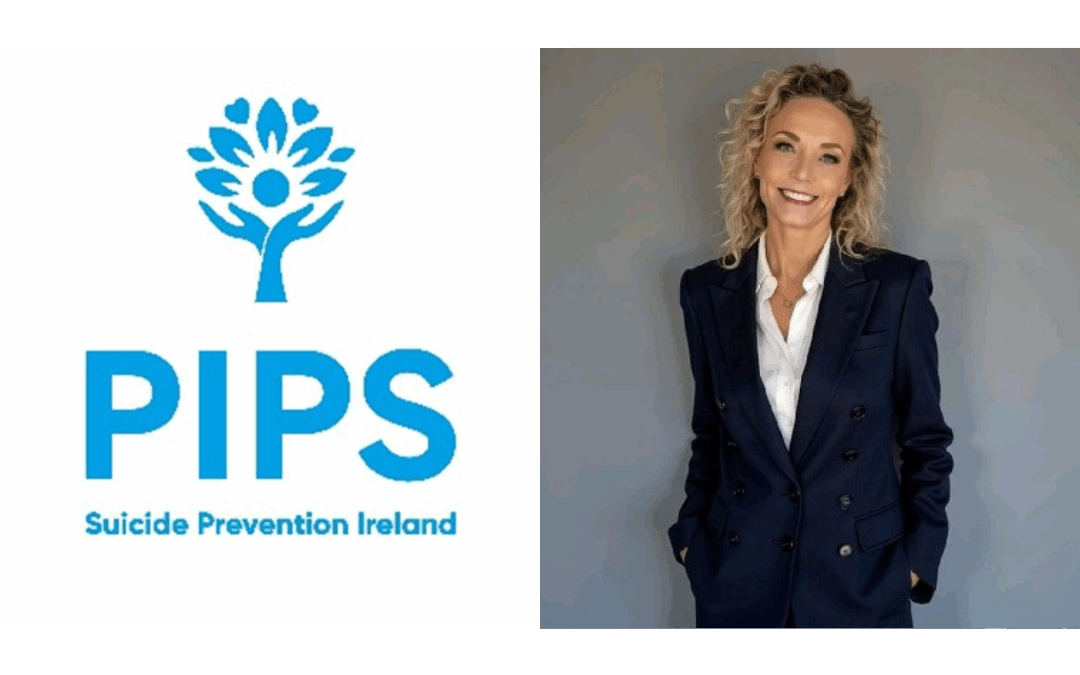In collaboration with Charlene Brooks, Belfast Healthy Cities
As part of the Healthy Cities initiative, Belfast Healthy Cities has supported schools in piloting walking bus schemes across the city. The results have been encouraging.
” For parents the most significant benefit of the walking buses was that is provide an opportunity for their children to spend time with friends or make new ones.”
” The most significant benefit of the walking buses, recognised by teachers, was that it encouraged children to walk, thereby increasing their daily exercise and created good habits for an active lifestyle”
A walking bus is a group of children who walk to school together under the supervision of adults, following a set route with designated “stops” where children can join in. Just like a traditional bus, it runs on a schedule—rain or shine. While the concept may seem modest, its impact can be far-reaching.
The Policy Landscape
Crucially, walking buses align with several policy objectives in Northern Ireland, including the Active Travel Strategy and the Outcomes Delivery Plan, which emphasise sustainable transport, public health, and reducing health inequalities. They contribute to the growing shift towards a wellbeing economy—one that places health at the centre of decision-making. By creating safer, more active school journeys for all children, regardless of background, walking buses directly support efforts to tackle inequality and improve outcomes for communities most in need.
Improving Health and Wellbeing
Physical inactivity among children is a growing concern. According to the World Health Organization, over 80% of adolescents globally are not meeting recommended physical activity levels. Belfast is no exception. Walking buses offer a fun and safe way to build daily exercise into children’s routines. Research has shown that children who walk to school are more alert and ready to learn when they arrive. It’s not just their physical health that benefits—children who walk in groups build friendships, develop road safety skills, and experience improved mental wellbeing through daily social interaction.
Parents benefit too. The reassurance of a trusted adult leading the walking bus means fewer cars are needed at the school gate. For many families, this reduces morning stress, while for communities, it tackles one of the more pressing issues in Belfast’s urban areas: traffic congestion and pollution around schools.
Climate Action, One Step at a Time
Walking buses align with Belfast’s climate goals. Transportation is one of the largest contributors to greenhouse gas emissions in Northern Ireland. Reducing car journeys, even short ones like school runs, cuts emissions, lowers noise pollution, and improves air quality—particularly important for children whose developing lungs are more vulnerable to pollution and older residents who often live in communities where schools are situated.
A Model of Partnership and Community Engagement
One of the strengths of the walking bus model is its adaptability. Belfast Healthy Cities has worked with school staff, parents, and children to ensure each walking bus suits the specific needs of their community. Routes are planned for safety and convenience. Training and high-visibility vests are provided and schools are encouraged to actively promote the benefits of walking throughout their school.
Taking the First Step
Setting up a walking bus doesn’t require significant resources. What it needs is coordination, community buy-in, and champions—teachers, parents, and other school staff and volunteers—willing to lead the charge. Belfast Healthy Cities recently developed lesson plans mapped to school curriculum and a toolkit to enable all schools to develop one.
If you’re part of a school, a community group, or council, we encourage everyone to consider how a walking bus could work in your area. It’s an idea that’s already delivering results in Belfast—supporting healthier children, greener neighbourhoods, and stronger communities.




